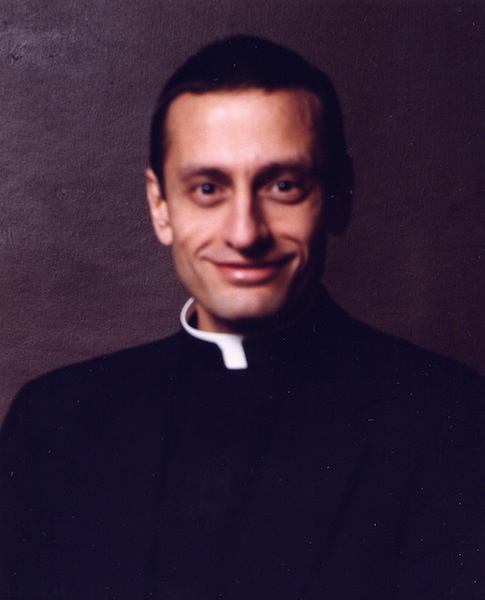Milestones in Faith: Brooklyn Oratory marks 25 years serving Downtown

The Brooklyn Oratory of St. Philip Neri, celebrating its 25th Anniversary this Sunday, welcomed the Most Rev. Frank J. Caggiano, Auxiliary Bishop of the Diocese of Brooklyn, as guest homilist last Sunday. The official occasion marked Pontifical Foundation of the Brooklyn Oratory.
Oratories have their origin as informal communities of laypeople and priests who prayed together. The saint for whom the Brooklyn Oratory is named was a 16th century Italian layman known for his joy, friendship, humor and devotion to prayer. According to a history published on the Brooklyn Oratory’s website.
St. Philip was in the habit of inviting friends to his one-room apartment for shared prayer, Bible study and singing. These informal gatherings became so popular they had to be moved to successively larger rooms. In time, these quarters began to be described as Oratories, that is, places where prayers were led, the name being derived from the Latin verb orare, to pray.”
